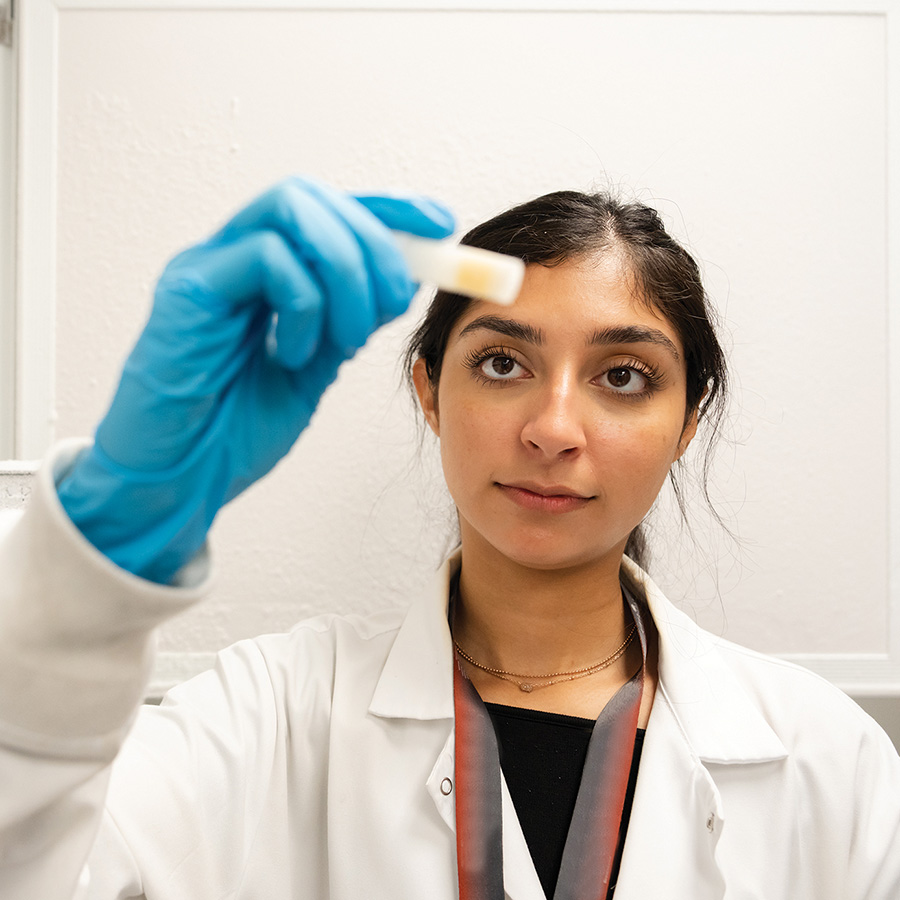
The National Institutes of Health’s All of Us Research Program has launched a new study with the National Institute of Environmental Health Sciences (NIEHS) to better understand how environmental exposures can impact the risk for type 2 diabetes and related complications. The study looks to uncover previously unknown risk factors and biomarkers associated with one of the most costly and prevalent chronic conditions affecting people in the United States.
“If we’re able to better understand the complexities of what might cause the early stages of diabetes before it disrupts people’s lives, we may be able to better prevent or delay more advanced disease, as well as the negative health complications,” said Sheri Schully, Ph.D., deputy chief medical and scientific officer of the All of Us Research Program. “There are so many aspects of our life that make each one of us, and our health, unique. Providing researchers with more environmental data can help pull back the curtain on how some of these exposures may be interacting with biological characteristics to impact our health.”
The Environmental Health and Exposomics study will include analysis of stored blood samples from 5,600 All of Us participants to identify compounds from a wide range of exposures tied to the environment (e.g., pesticides), diet (e.g., supplements), and lifestyle (e.g., tobacco use, medication, or drugs). This information, together with participants’ electronic health records and surveys, will help researchers investigate the interaction of genes, clinical care, the environment, and social determinants of health.
The samples were contributed by participants who reflect the diversity of the United States, including 2,100 who developed type 2 diabetes after enrolling in the program. The remaining samples will serve as a control group for this and future studies. The samples will be analyzed at the Human Health Exposure Analysis Resource (HHEAR) laboratory at the University of North Carolina.
NIEHS researchers expect to publish initial findings in 2026. The environmental exposure data, also known as exposomic data, will be made broadly accessible to registered researchers through the All of Us Researcher Workbench’s Controlled Tier in several years. This collection of exposomic data will be the largest of its kind.
NIEHS is collaborating with All of Us in this effort to expand the environmental data available to researchers. This and other partnered research studies help All of Us and its collaborators achieve their scientific goals more efficiently than would be possible on their own by leveraging the infrastructure of the program and participants’ contributions. At the conclusion of this study, all participants will receive general information about the environment and health.
“This broad dataset, contributed by a diverse group of participants, will help accelerate studies on the role of the environment on health outcomes,” said Alison Motsinger-Reif, Ph.D., chief of biostatistics and computational biology and the lead investigator on the study from NIEHS.
More than 13,000 researchers worldwide use the Researcher Workbench, and more than 843,000 people so far have joined the program to contribute data for research. Participants provide data from biosamples, electronic health records, surveys, wearable devices, and physical measurements.
All of Us has other scientific collaborations underway with the National Institute of Mental Health and the NIH Common Fund. Learn more about our partnered research studies.
